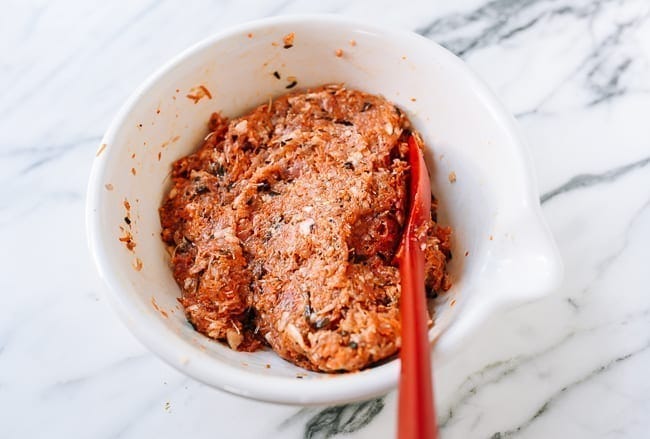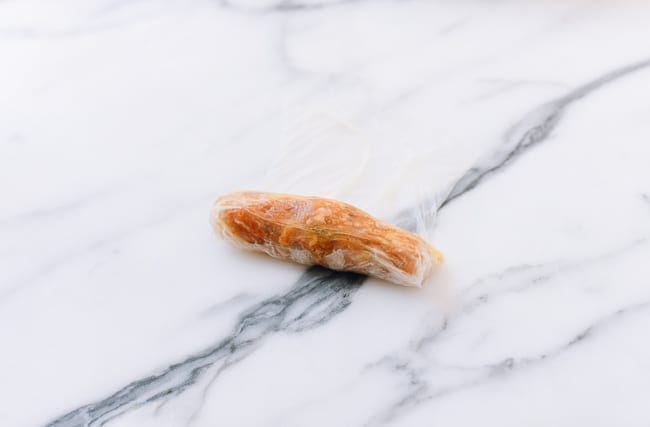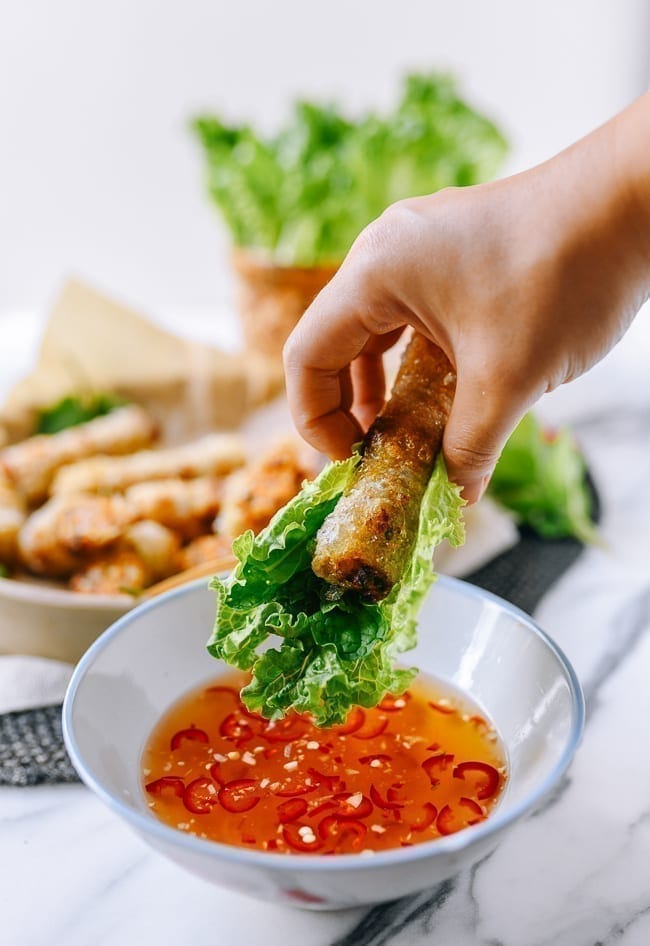“Spring rolls” — typical Vietnamese food
“Chả giò” (or Nem Rán in the North) is one of the most popular traditional Vietnamese food, literally meaning minced pork roll.
The most common English translation of “Chả giò” (Advantage: ống thép ren imc) is spring roll, though this is just a fancy name since the food has nothing to do with spring.

How to Make Spring Roll?
Ingredients:

The main ingredients of a roll of “chả giò” are commonly seasonal ground meat, mushrooms, and diced vegetables such as carrots and jicama, rolled up in a sheet of moist rice paper.
Make the filling: (ống thép luồn dây điện imc)
Soak the dried mung bean noodles in warm water (submerge them completely) for 30 minutes. Drain thoroughly, and cut into ¼ inch pieces.

In a large bowl, combine the noodles, ground pork, grated carrot, chopped wood ear mushrooms, shallots, garlic, ginger, egg white, fish sauce, vegetable oil, salt, white pepper, and 1 teaspoon sugar.

Mix until everything is uniformly combined.

Wrap the spring rolls:
In a large, shallow bowl or deep plate, dissolve the remaining 2 teaspoons sugar in 1 cup warm water. Sugar is optional but does help the spring rolls to brown when frying.
To wrap each roll, place a rice paper wrapper into the sugar water for about 5–10 seconds, submerging it completely. Remove it from the water. It will still be quite firm, but it will soften quickly!
Place about 40g of filling in a log shape on one side of the wrapper.

Begin tightly folding the wrapper over the filling (no air bubbles!), and roll the spring roll forward 1 complete revolution.

Lightly press down on each end of the filling to flatten the rice paper and push the filling together to eliminate any air bubbles.

Fold one side of the wrapper towards the middle of the spring roll. Repeat with the other side.

Roll the spring roll forward while tucking in the front to prevent air pockets. The rice paper wrapper will stick to itself. It doesn’t require anything additional to seal.

After wrapping one spring roll, you could test-fry it to check for your personal seasoning preferences. You can also fry a small meatball filling as well.
Place the rolls on a plate or sheet pan lined with a clean, dry kitchen towel or parchment paper.
Additional tips for wrapping:
- As you’re folding, ensure there’s no air between the wrapper and the filling.
- Use just enough water to wet the rice paper, as water will quickly absorb into it and soften it.
- Work quickly, since the rice paper will become sticky and harder to work with once they are rehydrated.
For more details on wrapping different types of spring rolls, check out our How to Wrap Spring Rolls post!
Once wrapped, transfer the spring rolls to the refrigerator and chill for at least 1 hour, so they can dry out and firm up. This step helps minimize the wrapper bubbling when frying (though bubbling is normal).
Take them out of the refrigerator 15 minutes before frying.
Process:

The roll is then deeply fried until the rice paper coat turns crispy and golden brown. The ingredients, however, are not fixed. The most commonly used meat is pork, but one can also use crab, shrimp, sometimes snails (in northern Vietnam), and tofu (for vegan chả giò). If diced carrots and jicama are used, the stuffs inside the rolls are a little bit crunchy, and match well with the crispy fried rice paper. Nevertheless, the juice from these vegetables can soon cause the rolls to soften after only a short time. To keep the rolls crispy for a long time, mashed sweet potato or mung beans may be used instead. One may also include bean sprouts and rice vermicelli in the stuffing mix, yet, this is a rare practice. Eggs and various spices can be added based on each one’s preference.

“Chả giò rế” is a rare kind of “chả giò” that uses “bánh hỏi” (thin rice vermicelli woven into a sheet) instead of rice paper. The stuffs inside the roll are the same as normal chả giò, and the roll is also deeply fried. Since the sheets of “bánh hỏi” themselves are not very wide, and the rice vermicelli is too easily shattered, “chả giò rế” rolls are often small and difficult to make. They are only seen at big parties and restaurants.
You can see the top more popular dishes in Vietnam at this link: Top 10
Side notes

At some restaurants, “chả giò” is incorrectly translated in English as “Egg rolls”, and sometimes “Imperial rolls”. Egg rolls are significantly different from “chả giò”, as the wrapper is a wheat flour sheet instead of moistened rice paper. However, many Vietnamese restaurants in America have adopted the wheat flour sheet to make their “chả giò”, since it makes the rolls harder to shatter when fried, and the rolls stay crispy for longer time.
For those who wish to learn cooking Vietnamese Spring Rolls, joining a cooking class in Hanoi is an ideal option. Within a half-day cooking tour in Hanoi, the Master Chef from the 5-star-hotel will tell you more about Vietnamese ingredients as well as instruct you to cook traditional Vietnamese dishes, including banana flower salad, hanoi deep fried spring rolls, clear sour and spicy fish soup, sauted vegetable in season, etc. In particular, the great experience is when you have chance to enjoy traditional meals with her beloved family.
